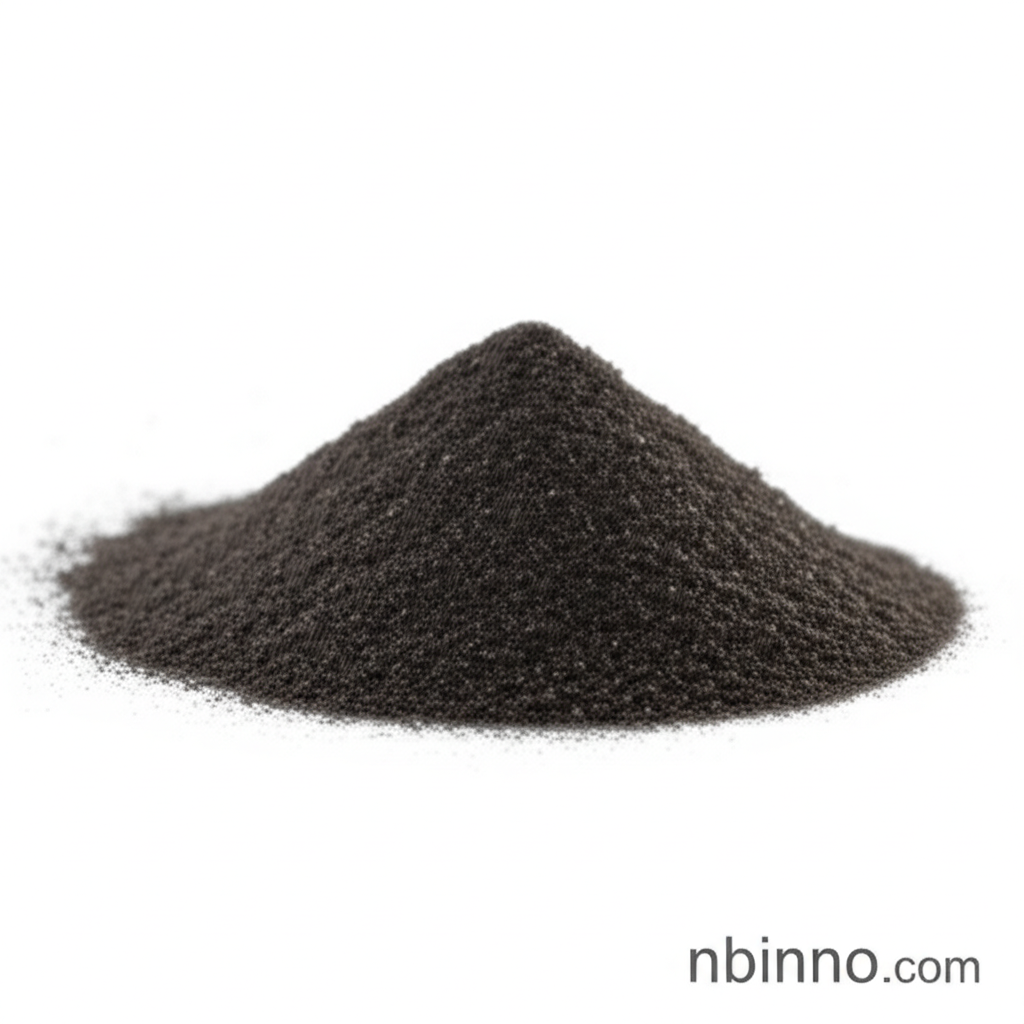2-Amino-1,3,4-thiadiazole: A Key Intermediate for Advanced Applications
Discover the versatile chemical compound driving innovation in pharmaceuticals, agrochemicals, and material science.
Get a Quote & SampleProduct Core Value

2-Amino-1,3,4-thiadiazole
This white to light yellow crystalline powder, identified by CAS number 4005-51-0, serves as a crucial building block in various chemical syntheses. Its unique thiadiazole structure imparts valuable properties, making it an indispensable component in numerous industrial and research applications. The compound's solubility in water and hot methanol further enhances its utility in diverse chemical processes.
- Leverage its role as a key pharmaceutical intermediate for the synthesis of ceftraoline, an important antibiotic.
- Explore its potential as a vital agrochemical intermediate, contributing to the development of effective fungicides and herbicides for enhanced crop protection.
- Utilize this compound in dye synthesis applications, contributing to vibrant color formulations in various industries.
- Benefit from its unique properties as a pharmaceutical building block in the creation of novel bioactive molecules.
Key Advantages
Versatile Chemical Intermediate
As a versatile chemical intermediate, it is instrumental in the synthesis of numerous advanced compounds, facilitating innovation across sectors.
Antitumor Properties
Research indicates that this compound exhibits promising antitumor properties, making it a valuable candidate for novel cancer treatment development and research into pharmaceutical building blocks.
Broad Application Scope
Its broad application scope spans from critical pharmaceutical intermediate roles to essential uses in agrochemicals and the creation of vibrant dyes, showcasing its multifaceted utility.
Key Applications
Pharmaceutical Development
Crucial for the synthesis of antibiotics like ceftraoline, contributing to advancements in medicinal chemistry and addressing health challenges.
Agrochemical Synthesis
Serves as a key intermediate in the creation of agrochemicals, aiding in the development of fungicides and herbicides for improved crop yields and protection.
Dye and Pigment Formulation
Its chemical properties are utilized in the formulation of dyes and pigments, adding value to various industrial applications requiring vibrant and stable colors.
Material Science Innovation
Explored for its potential in specialty polymers and coatings, enhancing material durability and resistance to environmental factors.
